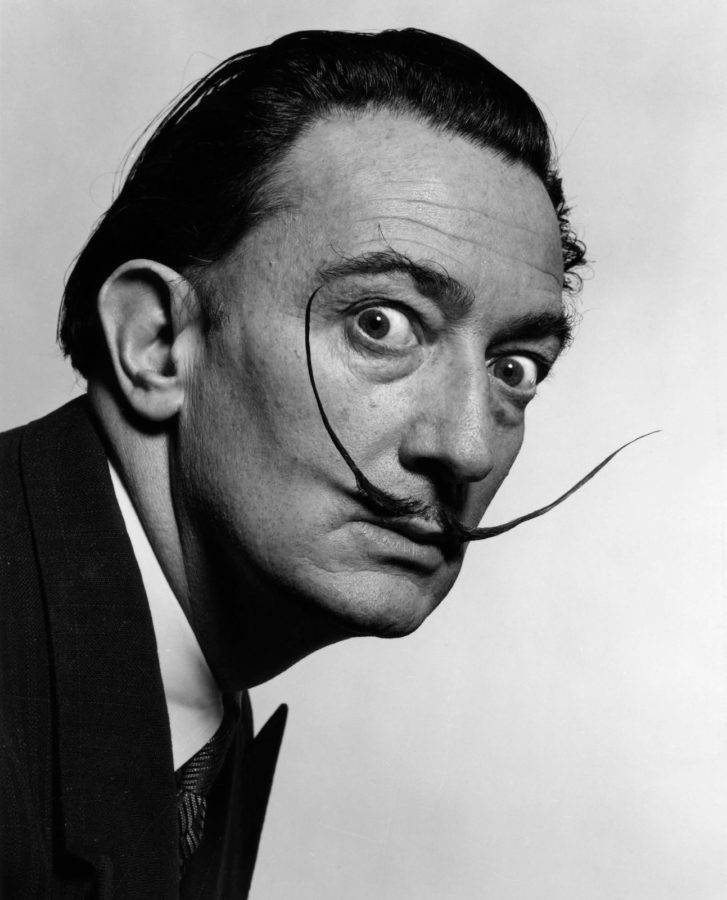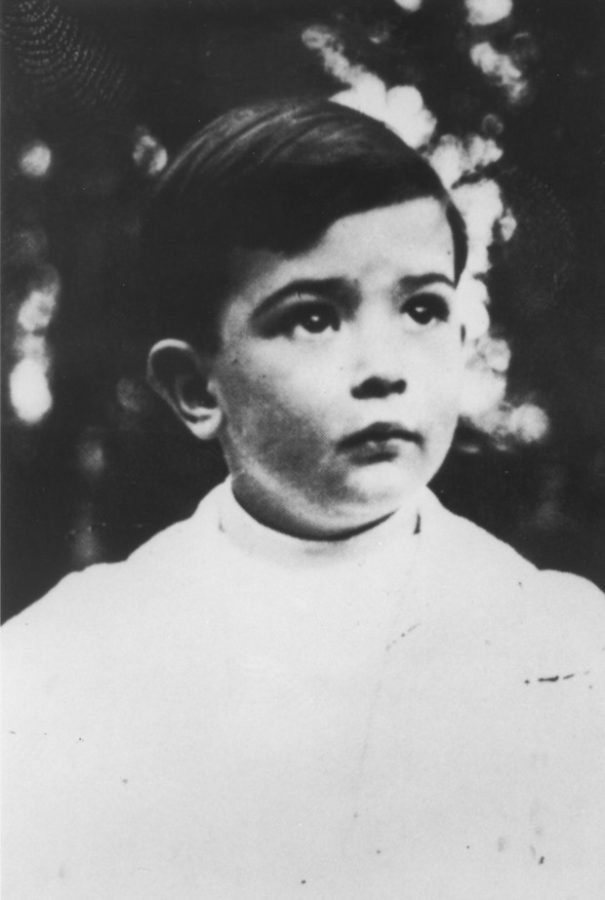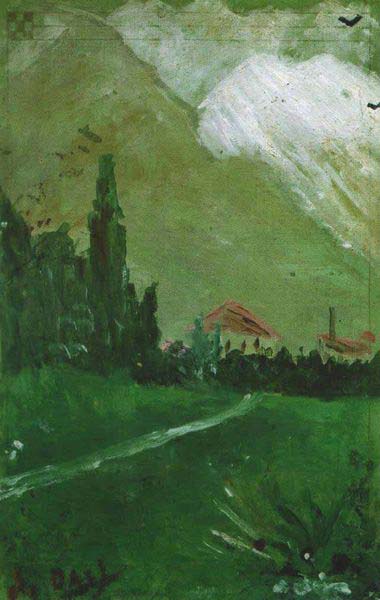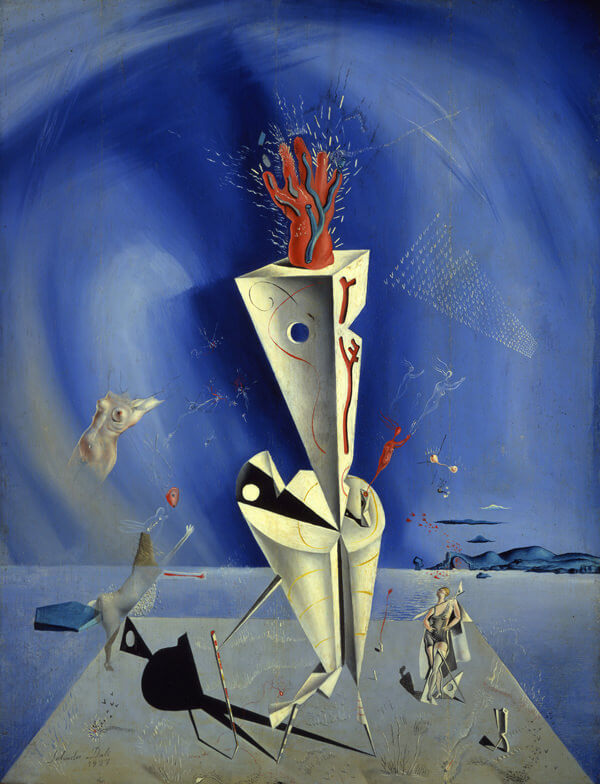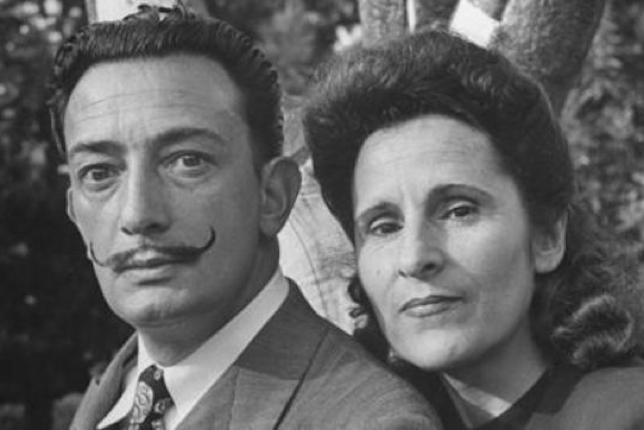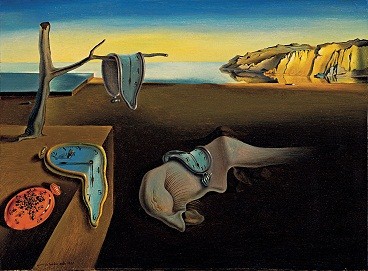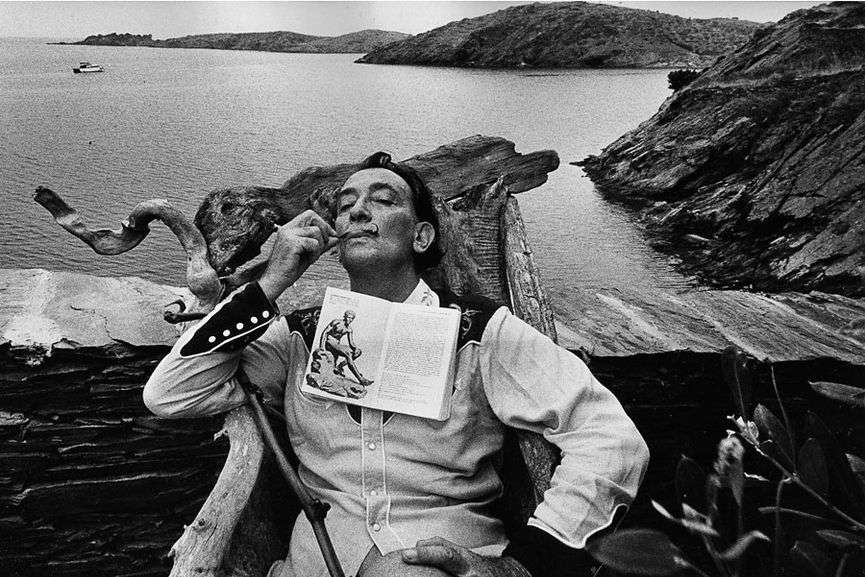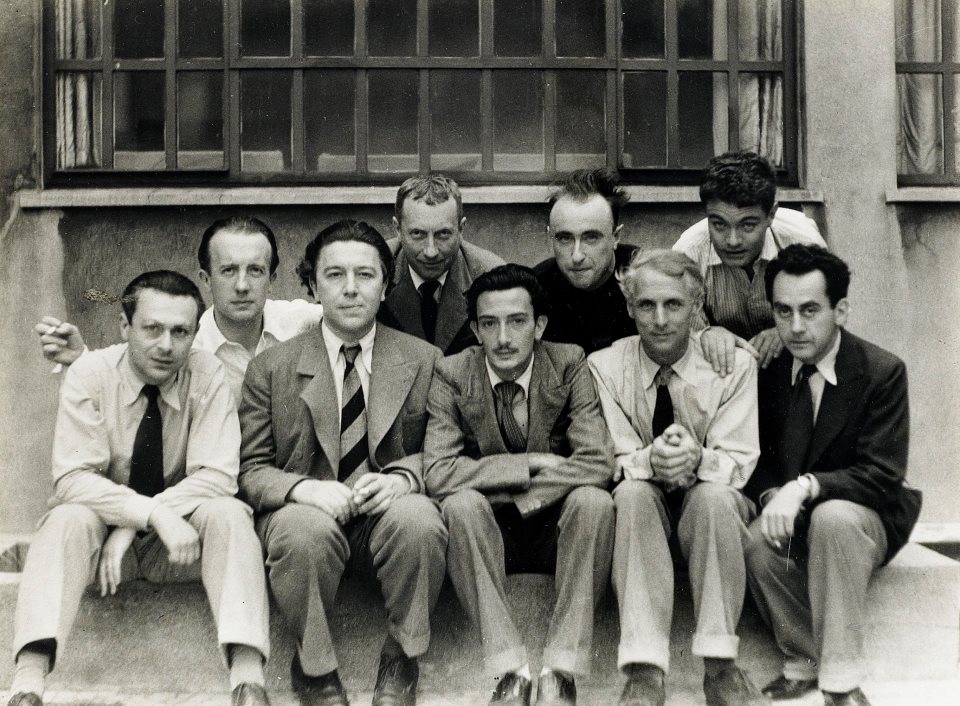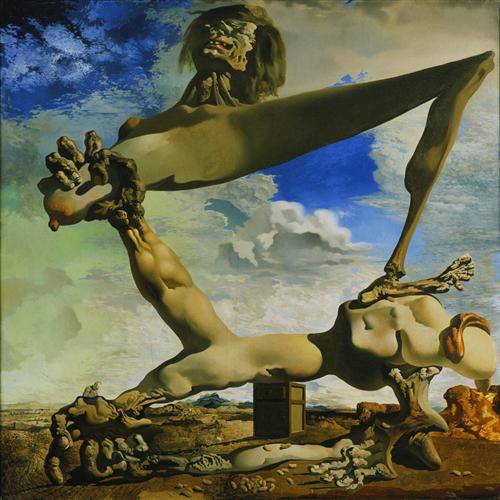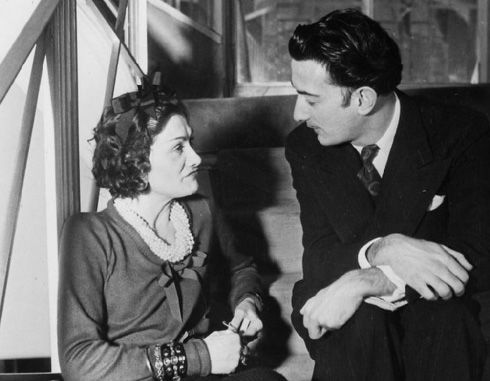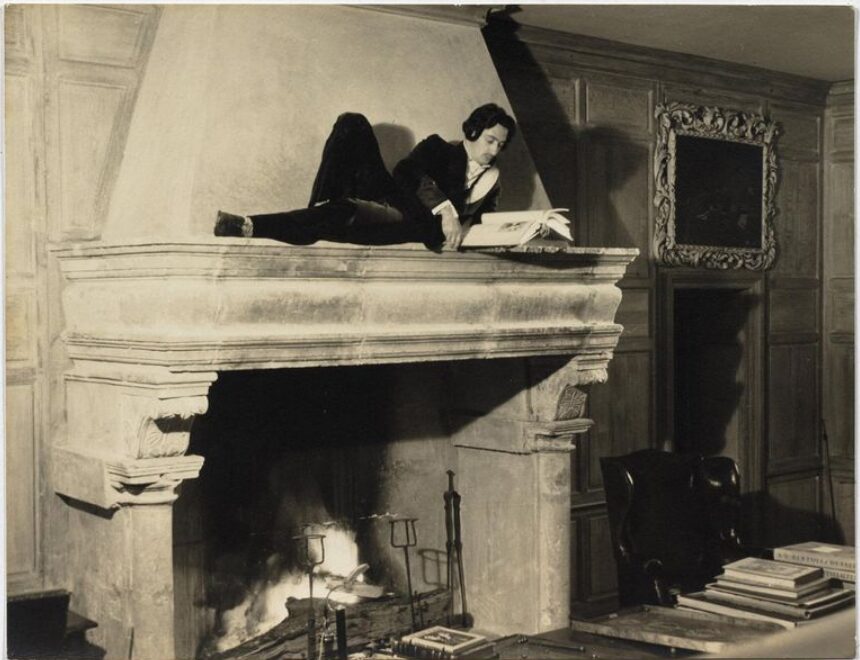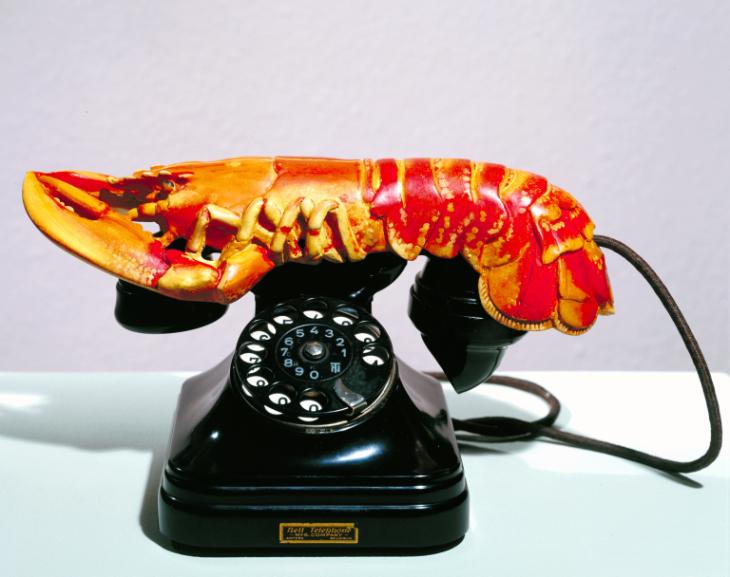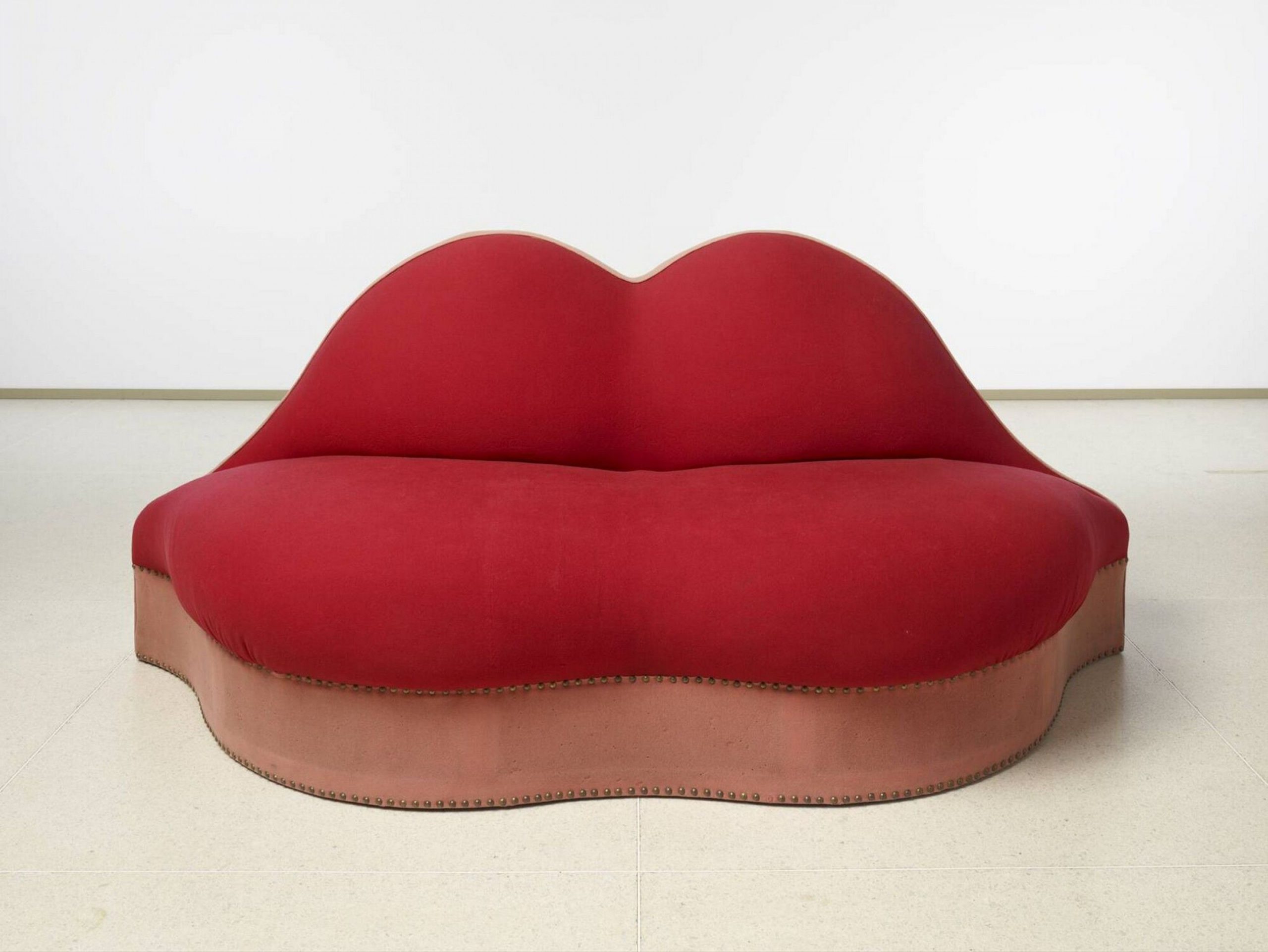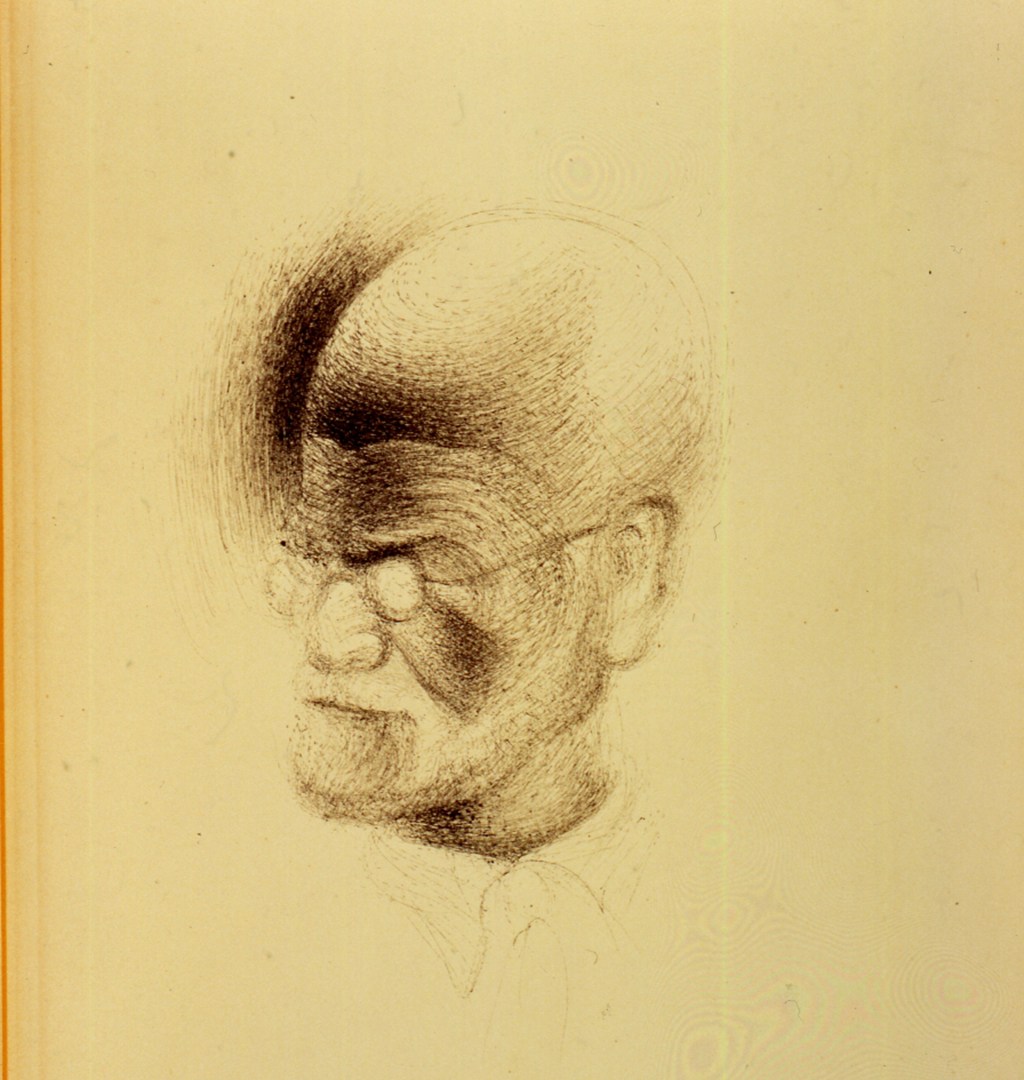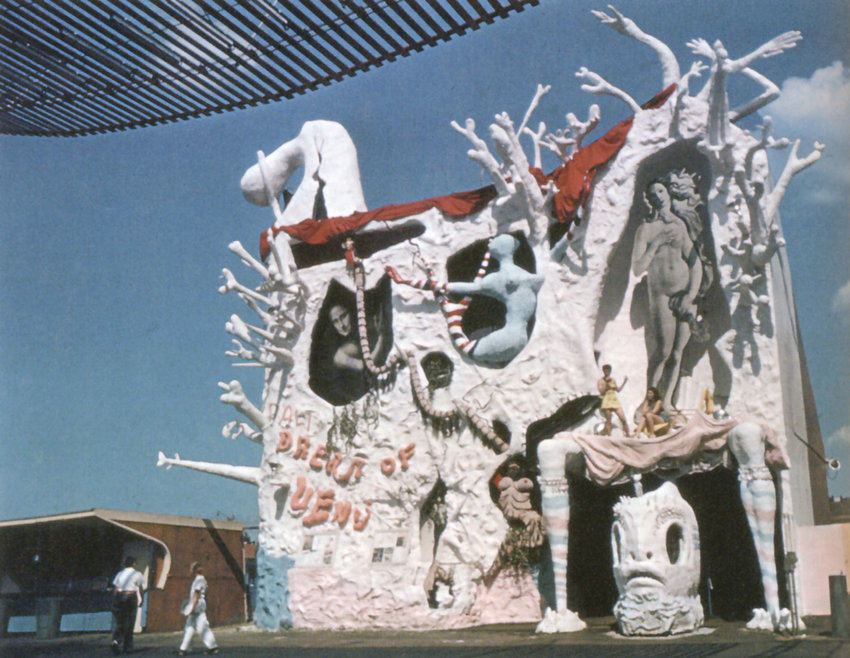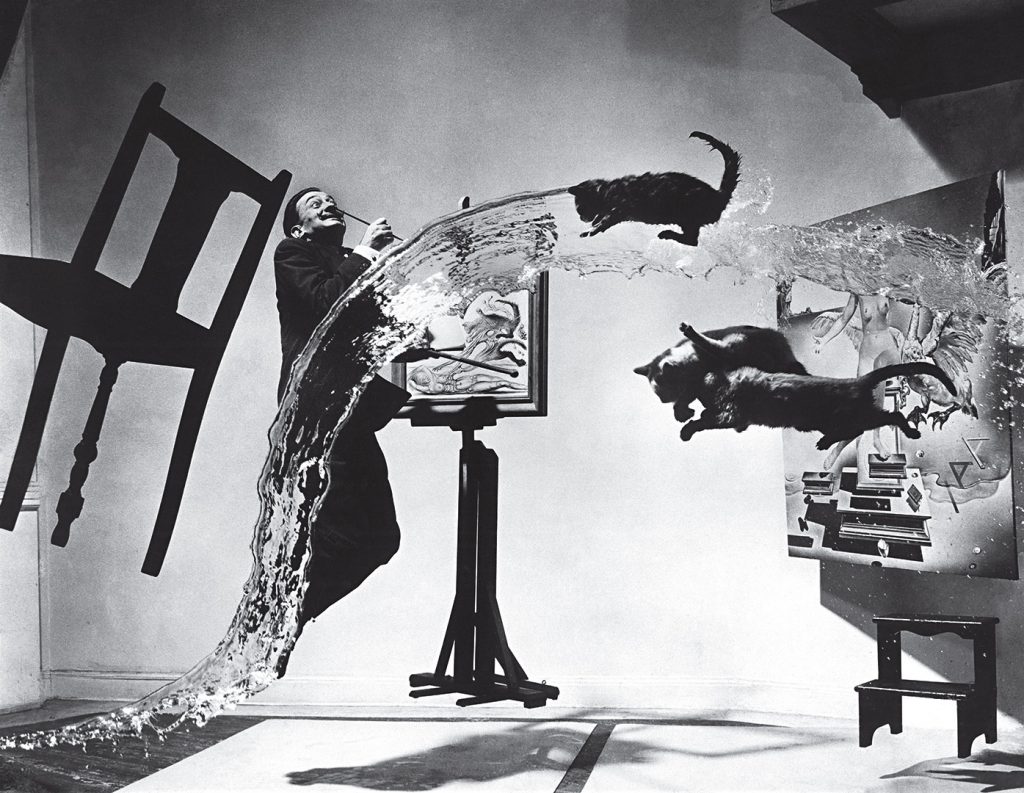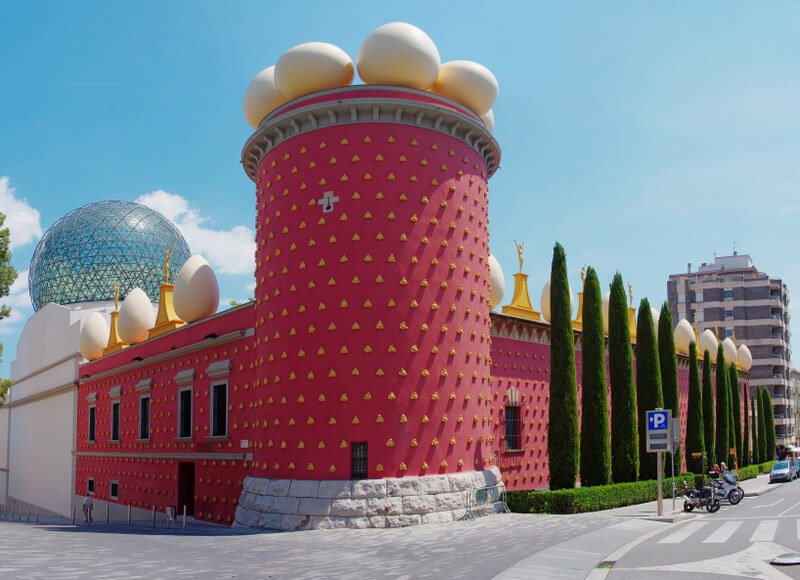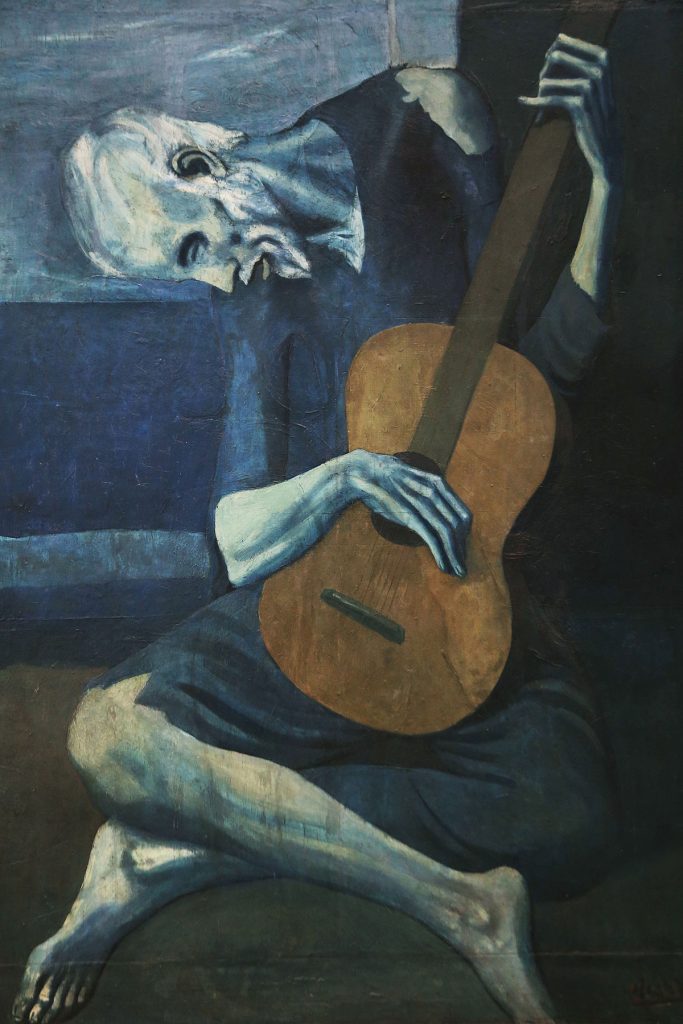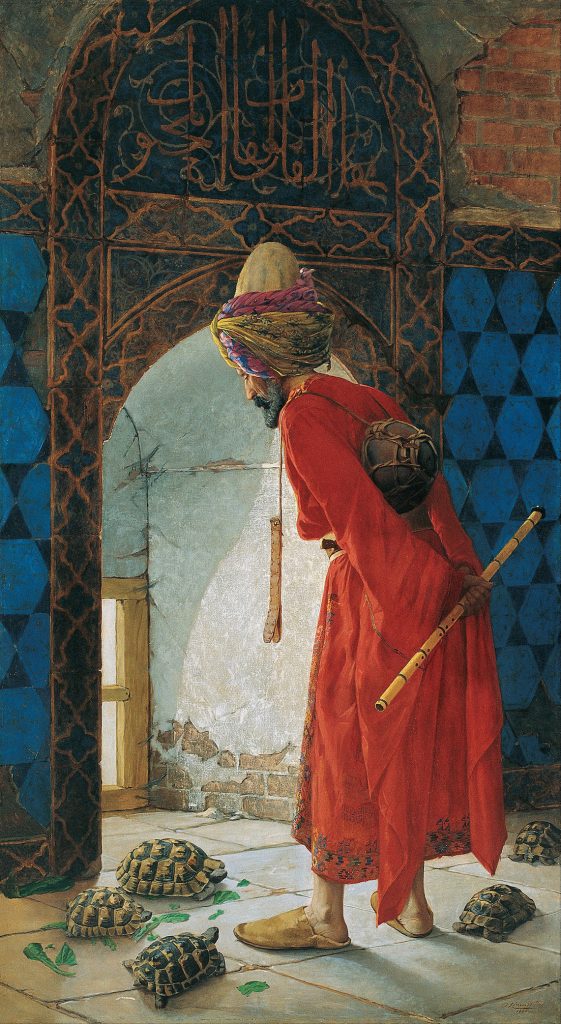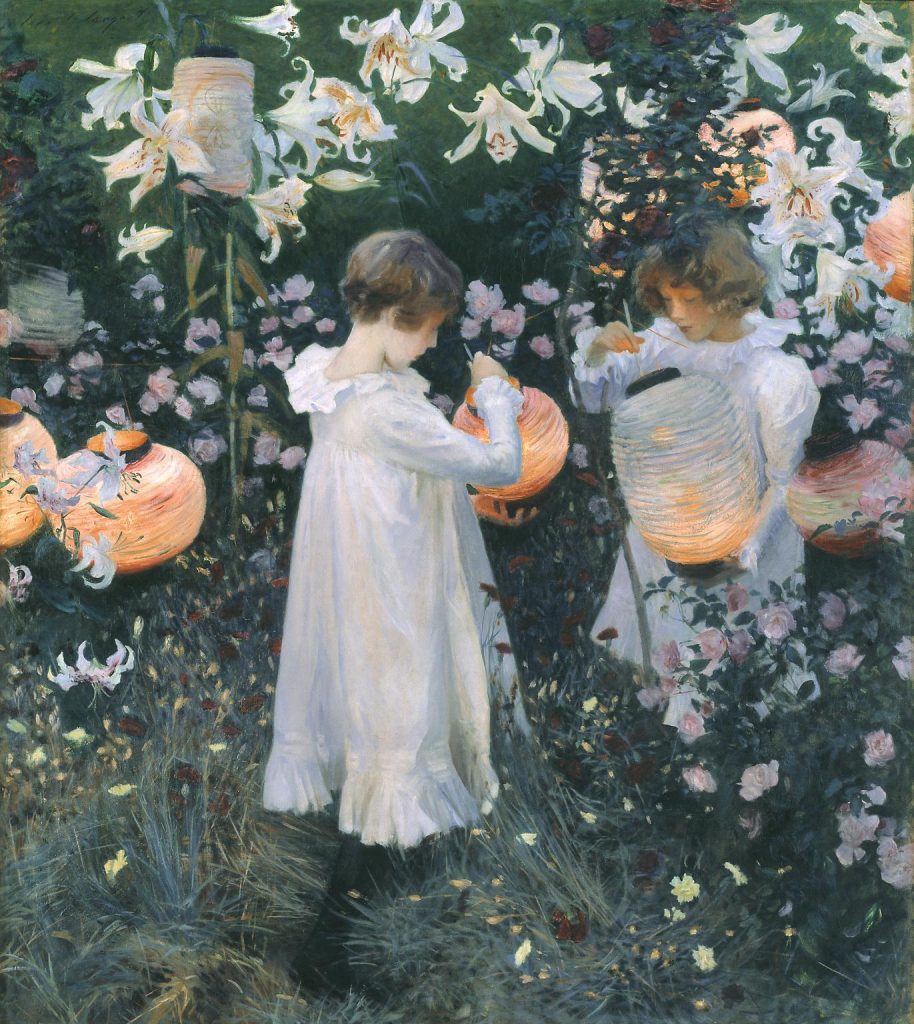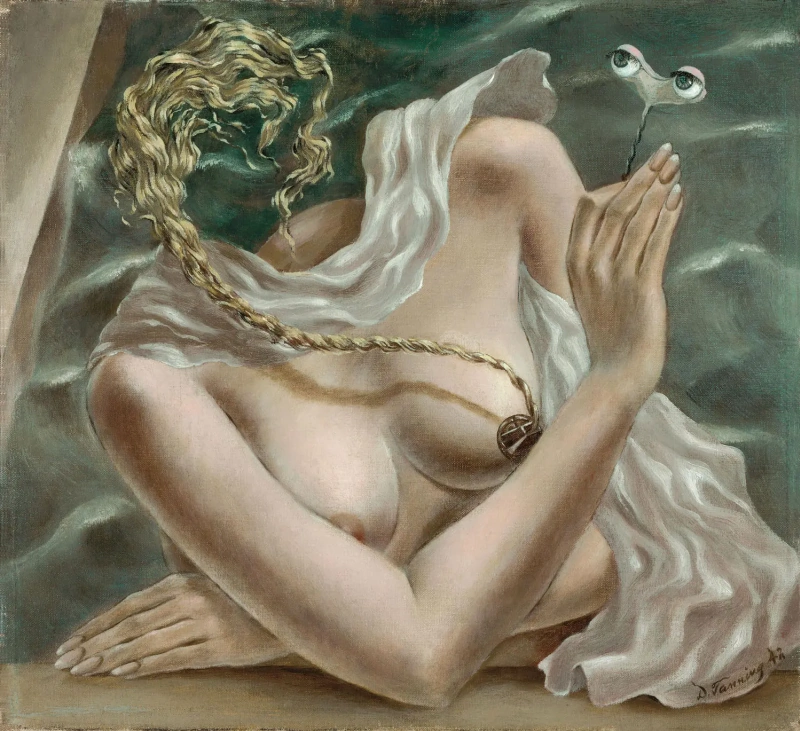Surrealist Artists
Salvador Dalí
Surrealist artists – such as Salvador Dalí, René Magritte, Leonora Carrington, Joan Miró, Yves Tanguy and many others – seek to explore the unconscious mind and dreams as a way of creating art that asserted the value of it’s both.
The artists found magic and beauty beyond world in the unexpected, the unconventional, and the uncanny of their deepest thoughts by illustrating it into something that is indescribable-yet-very-fascinating collection of artworks.
However, for some artists – Surrealism is also used as a way to depict dream worlds or hidden psychological tensions.
The following image is one of the most famous Surrealist artist in the world.
Anyone who admires and loves painting probably know the man in the picture below.
Scroll down to read more!
About the artist
He is, for sure, one of the man, the master of arts, Salvador Domingo Felipe Jacinto Dalí i Domènech, known as Salvador Dalí. Certainly, he is one of the most symbolic, and most celebrated artist of the Surrealist movement of all time. He is also one of the most influential figures in modern art.
Dalí was born on May 11, 1904 in Figueres, near the Pyrenees Mountains, Spain. Growing up being surrounded by natures and cultures, he found many inspiration that later on it became his key paintings as he often included the scenery that he sees around into his artworks.
Dalí has laid his heart in art and found love in it. His father and his mother greatly nurtured his interest in art since he was young. Both his parents built an art studio in Cadaqués, their summer home.
Landscape Near Figueras (1910) is one of the earliest known artwork by Salvador Dalí. It was painted when he was six years old.
At the age of 10, he had his first drawing lesssons that soon he took an art school at the San Fernando Academy of Art in Madrid, where he experienced with impressionist and pointillist styles.
However, in 1926, when he was in his year-end at the academy, he refused to be examined in the theory of art and balked at his professors during the examanation. He announced, “I am very sorry. But I am infinitely more intelligent than these three professors, and I therefore refuse to be examined by them. I know this subject much too well”. As a result of this, he got expelled before graduation.
After leaving art school, he soon went on trip to Paris where everything started and this, is where his life-changing, his journey began.
Dalí visited Pablo Picasso in his studio and found a new inspiration and ideas which is called Cubism. Cubism is an art movement that was created by Pablo Picasso and Georges Braque in 1907. The style emphasized the flat, two-dimensional surface that can be viewed from multiple angles simultaneously. Later on, he has a great interest in Futurism, where he re-created motion and show objects from multiple angles.
Dalí also had an interest in Psychoanalytic concepts of Sigmund Freud. After some time, he studied the theory and consequently began using Psychoanalytic methods of mining the subconscious to generate imagery.
Joan Miró, a fellow from Catalan allied to some of the French Surrealist artists – such as Jean Arp, René Magritte, and Max Ernst. They found Dalí’s artwork very captivating and also very fond of his idea, especially in Psychoanalytic theory of Sigmund Freud. They tried to apply this methods into painting and writing.
At that time, the Surrealists artists – knew that Dalí was well acquainted with Freud and his great ideas about sexual repression taking the form of dreams and delusions. As soon as Dalí found out about this, he was amazed with the Surrealists attempt to capture these dreams in paint.
Dalí’s first serious work in Psychoanalytic concept was Apparatus and Hand (1927), which became his inimitable painting signature.
Here take a look at the artwork!
In 1928, Dalí worked with Luis Buñuel on movie industry Un Chien Andalou (An Andalusian Dog). Due to the conflicts and remarks about the context of this film, Dalí’s popularity starts to fell and causing quite a stir with the Parisian Surrealists.
However in 1929, The Surrealists sent Paul Éluard and his wife Gala, along with René Magritte and his wife Georgette to visit Dalí in Cadaques. Dalí met and fell in love with Gala. The two were drawn to each other and shortly after Gala decided to left Éluard for Dalí.
The fact that she was ten years older than him, he didn’t mind it and even decided to marry her in 1934 and renewed their vows in 1958. Gala became Dalí’s lifelong, soulmate, and most important muse, as well as being his wife, his greatest passion and love, also business manager.
Years later, Dalí moved to Paris and was invited by ‘The Surrealist Pops’, André Breton to join the movement.
In the early 1930s, Dalí took Breton’s theory of ‘automatism’ concept a step further by creating his own perspective called ‘Paranoiac-critical method’, which means an artist could use their subconscious through systematic irrational thought, hallucinations, and a self-induced paranoid state to facilitate and create a work of art. It is also known as a ‘second phase’ of Surrealism.
Dalí would create ‘hand-painted dream photographs’ based on what he had witnessed. Most of his artwork shows an unusual-yet-very-unique painting. Although the objects were sometimes unrelated, rather confusing, but it still painted realistically.
He believed that the viewers would find a deep connection and meaning with his artwork because after all, the subconscious language is universal, and “it speaks with the vocabulary of the great vital constants that is universally echoed in every human”.
Dalí used this method for almost his entire life, and his most popular, well-known artwork was The Persistence of Memory (1931), in which showing limp melting watches rest in an eerily calm landscape.
The Painting features bizarre subject of thought evocative of a dream. However, the actual inspiration behind this painting remain mystery and still up for debate (Einstein’s theory of special relativity; Dalí’s perception of a Camembert melting in the sun). However, the artist claimed that the the artwork itself represented the characteristic of the Surrealist movement.
As for the set of melting clocks – or known as ‘soft watches’– are scattered across the composition. The clocks may symbolize the passing of time as one experience it in sleep or persistance of time in the eyes of the dreamer itself. The gold watches on the left is covered by ants. Often times, he would used ants in his painting to symbolize the decay and death.
The craggy rocks to the right is to depict a tip of Cap de Creus peninsula in North-eastern Catalonia. And the foreboding shadow in the foreground represented to Mount Pani.
Both took places from Catalonia, his homeland, where Dalí and Gala lived in a small fishing settlement, single-room in Port Lligat with a very beautiful views surrounding his home.
This fascinating, astounding artwork was first shown in Paris at Galerie Pierre Colle in 1931, also exhibited in 1932 at the Julien Levy Gallery in New York. In 1934, the painting was anonymously donated to the Museum of Modern Art (MoMA) in New York City. It has been in the collection ever since then until this day.
For the next several years, Dalí’s paintings were mainly illustrative of his theory ‘Paranoiac-critical method’. He painted bodies, bones, animal imagery, and religious symbols, also other symbolic objects that reflected sexuality, feeling of death, physical notion of the enigma of space, as well as symbols that indicated to the anxiousness over the passing time. Many of Dalí’s most well-known paintings are from this highly creative period.
During the World War II, the politics of war were at the frontline of Surrealist debates and in 1934 André Breton removed Dalí from the members of the Surrealist movement due to their differing views on Communism and Fascism.
Other members had a disagreement as well with Dalí’s infatuation with Hitler and his Facist Regime. Dalí declared, “I myself am surrealism”. Despite of that matter, he continued to pursue his antics and unusual work of art.
Thereafter, he travelled broadly and practiced more in traditional painting style that drew on his love of canonized painters such as Gustave Courbet and Jan Vermeer.
In 1936, Dalí painted Soft Construction with Boiled Beans (Premonition of Civil War). It was created 6 months before the Spanish Civil War began. Dalí had been caught up in an armed revolt by Catalan separatists in 1934 and he was personally affected by the war itself.
Dalí intended this painting as a remark on the horrors of the Spanish Civil War. Nonetheless, he claimed that he did not take sides openly with the Republic or with the Fascist Regime. A close friend of him was executed and murdered by a Fascist firing squad as well as his sister, Ana Maria, was imprisoned and tortured by Communist soldiers as she was fighting for the Republic. Dalí was tormented by this tragedy but he chose to remain apolitical and neutral, without taking any sides.
There are also suggestions that Dalí changed the title of the painting in order to show his prophetic powers, that his subconscious mind knew the war would happen. Whether or not this is true, some said that the painting represent the violence, angst and destruction of the Civil War and also it’s following rule.
Dalí employs his ‘Paranoiac-critical method’ in the painting by distorting the gigantic limbs into an outline of a map of Spain.
The painting depicts a monstrous creature devouring itself, a self destructive that seems to described the war itself. Tearing at it’s own limbs, squeezing as it’s head is thrown back in both triumph and agony.
The boiled beans are scattered around the painting. It depicts to the Spanish Civil war situation which symbolizes as the Spanish people, where they had to deal with the hardships and they had to do their best to survive.
Although the painting is wildly horrifying and bizarre, Dali’s technique and realistic treatment remind the viewers of the real and grave ideas behind every of it.
The painting is now held in the Philadelphia Museum of Art, United States.
As his fame gotten bigger and were well-known by various artists – fashion designers, singers, writers, producers, and many others – he was invited by the rich, well-known, and most influential couturiers, Coco Chanel to her villa in 1938, “La Pausa”, on the French Riviera.
She offered him a studio and a workspace to work on his paintings which he took gladly. This might be the place where the artist worked on his complex piece Endless Enigma (1938) and Apparition of Face and Fruit Dish on a Beach (1938).
Throughout the years, the Surrealist artist and fashion designer valued their friendship as they kept on supporting each other’s life and work. Until this day, their friendship remain as one of the most iconic in the history of fashion and art.
Here are some timeless photos of Salvador Dalí and Coco Chanel!
Dali's painting
The endless enigma [ 1938 ]
Dali's painting
Apparation of face and fruit dish on a beach [ 1938 ]
Dali's Venus costume design
Bacchanale Ballet [ 1939 ]
Jewelry design
The eye of time, Chanel Jewelry’s Collection
Fragrance design
The essence of Dali, Chanel fragrance’s collection
Dalí also created a three-dimensional art, which is known as sculpture. In his lifetime, Dalí was able to produces an impressive collection of sculptures.
Dalí’s monumental sculptures have been displayed all over the world in the middle of wonderful city squares, along in the banks of historic rivers as well as a decoration to the beautiful parks. They become part of a city’s and community’s identity. He also built a small and medium sized versions which has been placed in many of the world’s finest museum and private collection. The sculptures are a great example of what a surreal world would look like if it existed in reality.
Paintings of The Persistance of Memory, St. George and The Dragon, and Drawers of Memory were also created into third-dimensional versions. He even made a sculpture that was inspired from some of his popular icons such as Melting Clocks, Alice in Wonderland, Venus, and Snails.
Perhaps Dalí’s most famous sculpture is Lobster Telephone, known as Aphrodisiac Telephone (1936), which is created by Dali himself for the English Poet Edward James, a leading collector of Surrealist Art. This artwork was also a part of ‘Surrealist Subject’.
Dalí’s sculptures stand as a stunning and astonishing collection. Like his other artistic works, his sculptures exemplify his surrealism, his dreams, his unique ideas, and his philosophy on life and art.
According to Dalí, art should fill and complete in all aspects of life. He became interested in designing furniture after he met Jean Michel Franck, the famous interior decorator.
Soon, he started to create his own three-dimensional furniture such as tables, chairs, and stands, which is one the most sought-after collection among the designers.
His furniture works includes Vis-à-vis, Leda chair, Leda table, and Gala armchair. One of his most popular is Mae West Lips sofa. Dalí once said “A chair can even be used for sitting on, but with just one condition: that we be uncomfortably seated”.
When Dalí was still a student in Madrid, he had immersed himself in Freud’s writing on the unconscious, sexuality, and dreams. Dalí had been trying to meet Freud for a long time. He even travelled to Vienna several times but never got his chance to make an introduction to him. Luckily, Dalí’s true magic moment came around when one of his mutual friend helped him arranged the meeting.
In 1938, he went to Freud’s home in London. During their meeting, Dalí creates numerous sketches of Freud. Afterward, he produced the portrait and was hoping to send it as a gift.
According to Dalí’s statement, the meeting was a failure. However, the day after their encounter, Freud wrote a letter to Zweig (Austrian author, Dalí and Freud’s mutual friend), stated that he was rather impressed of Dalí and had reconsidered his opinion.
In 1939, Dalí was invited to design a pavilion for the World’s Fair in New York City. During that time, Dalí created an artwork project called Dream of Venus.
Dream of Venus was created as a surrealist interpretation of a carnival funhouse. It represent Surrealism and Dada art at it’s most bizzare-yet-extraordinary concept of artwork. The place was built by the architect Ian Woodner. And as for the “Surrealist house”, it was first designed by Julien Levy, a New York art dealer.
Take a look at the on set photos of Dream of Venus!
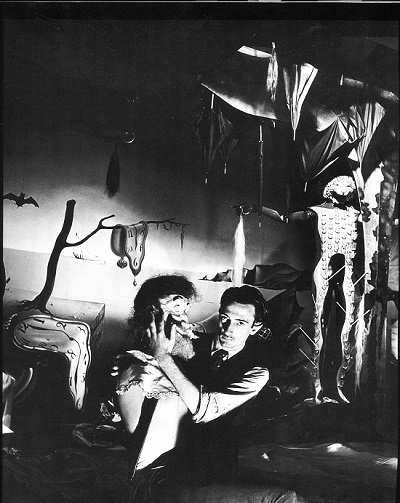
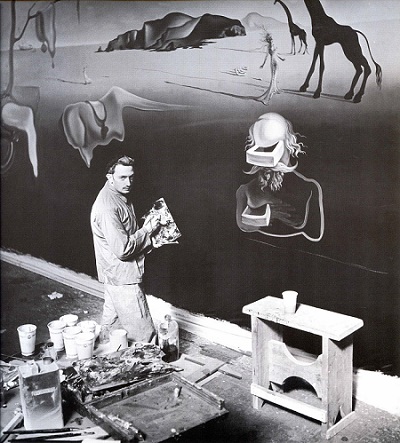
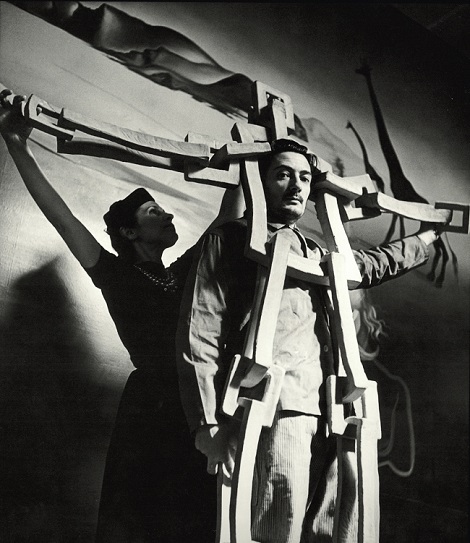
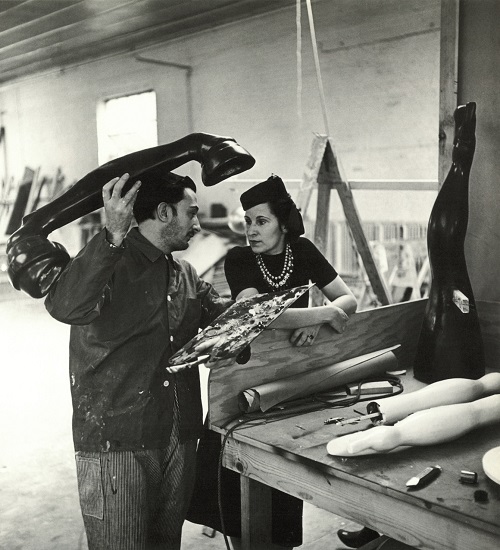
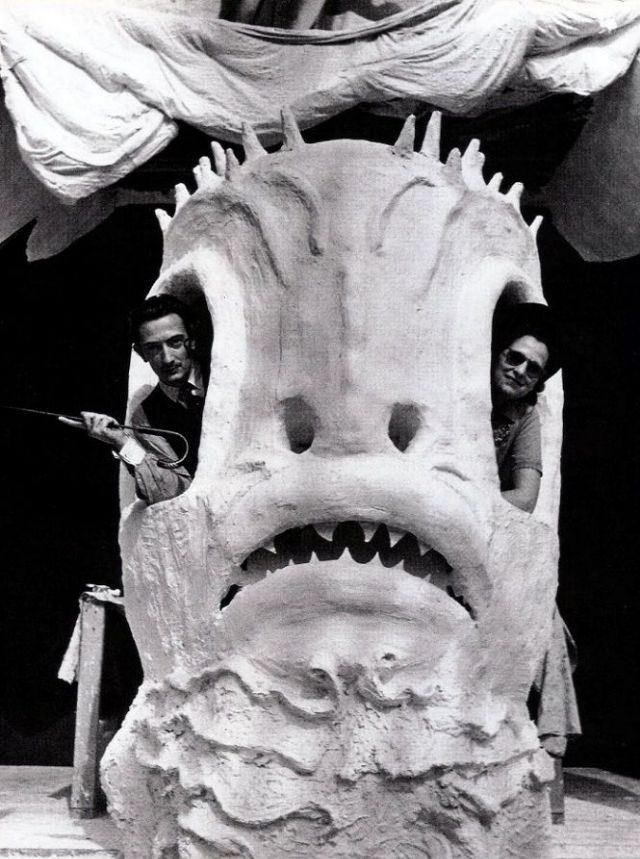
Dalí included bare-breasted models and an image of a naked woman posing as Botticelli’s Venus.
The unusual building contains a dry tank and a wet tank. In the wet tank, there are girl swimming under water, milk a bandaged-up cow, tap typewriter keys which looks like a floating seaweed.
As for the dry tank, there was a sleeping Venus reclines in 36-foot bed, covered with white and red satin, flowers, and leaves. Around the bed are lobsters frying on bed of hot coals and bottles of champagne.
The interior of the exhibition combines large scale wall paintings with sculptures, props, and models to introduce Venus’s dreams.
Salvador Dalí’s Dream of Venus was not only an eccentric work of art, but also a-one-of-a-kind creation by one of the most ingenious imaginations of all time.
Aside from paintings, drawings, and sculpturing, Dalí also spent much of his time working on other things such as designing theatre sets, store window displays, jewelry, magazine covers, advertising images, as well as doing self-promotional stunts in the United States.
He became highly productive as he kept on expanding his ideas beyond the visual arts into a wide array of other creative interests.
During his time in States, Dalí also had a project with Walt Disney to create the animated cartoon Destino. Unfortunately, the project was suspended due to financial difficulties following World War II. It remains uncompleted until much later (2003).
After eight years living in United States, Dalí and Gala returned to Spain in 1948. They move back to their house in Port Lligat in Catalonia. Dalí’s art continued to evolve. He began to explore different artistic mediums, and he started using optical illusions, negative space, visual puns, and trompe l’oeil in his artwork.
Dali also created a book that tells a story about his life and his arts. Perhaps one of the most revealing is The Secret Life of Salvador Dali (1942).
In the period from 1950 to 1970, Dalí’s painting focus primarily on religious themes reflecting his interest in the supernatural. He pursue to portray space as a subjective reality, which could probably the reason as to why many of his paintings from this period show objects and figures at supremely foreshortened angles.
Though he found a new way to paint, Dalí continued applying his ‘Paranoiac-critical method’, expressing his dreams directly in the painting.
The last two decades of Dalí’s life was the toughest times as he experienced psychological difficulties. In 1968, he bought a castle in Pubol for his wife, Gala. Shortly after she began staying there for weeks at a time, she lived all alone, forbidding Dalí from visiting without her permission.
During his rough time, one of the most important achievements was the creation of the Dalí Theatre-Museum in Figueres, Spain. In 1974, Dalí worked tirelessly to design the building and put together all the collections that would be displayed in the museum.
After Gala’s death 1982, Dalí’s depression worsened. He moved into the castle in Pubol, the site of his wife’s death.
On January 23, 1989, Dalí died of heart failure while listening to his favorite record, Tristan and Isolde. He burried in a crypt below the stage of the Dalí Theatre-Museum (Teatro-Museo Dalí) in Figueres, Catalonia, Spain.
The Dalí Theatre-Museum is a masterpiece. It becomes the world’s largest example of Surrealist architecture of all time. The building contains work that span the artist’s career as well as the items that Dalí created. All of his legacies were displayed along with the stories from each of the artworks.
His very-unique character not only touched his work but his life as well. Even after he died, his legacy is still in great demand and is always be remembered by the public, especially among the art enthusiasts.
Until today, his eccentricity continues to inspire many artists – especially in art. He is for sure, a man of many talents and an outstanding artist to have ever lived.
